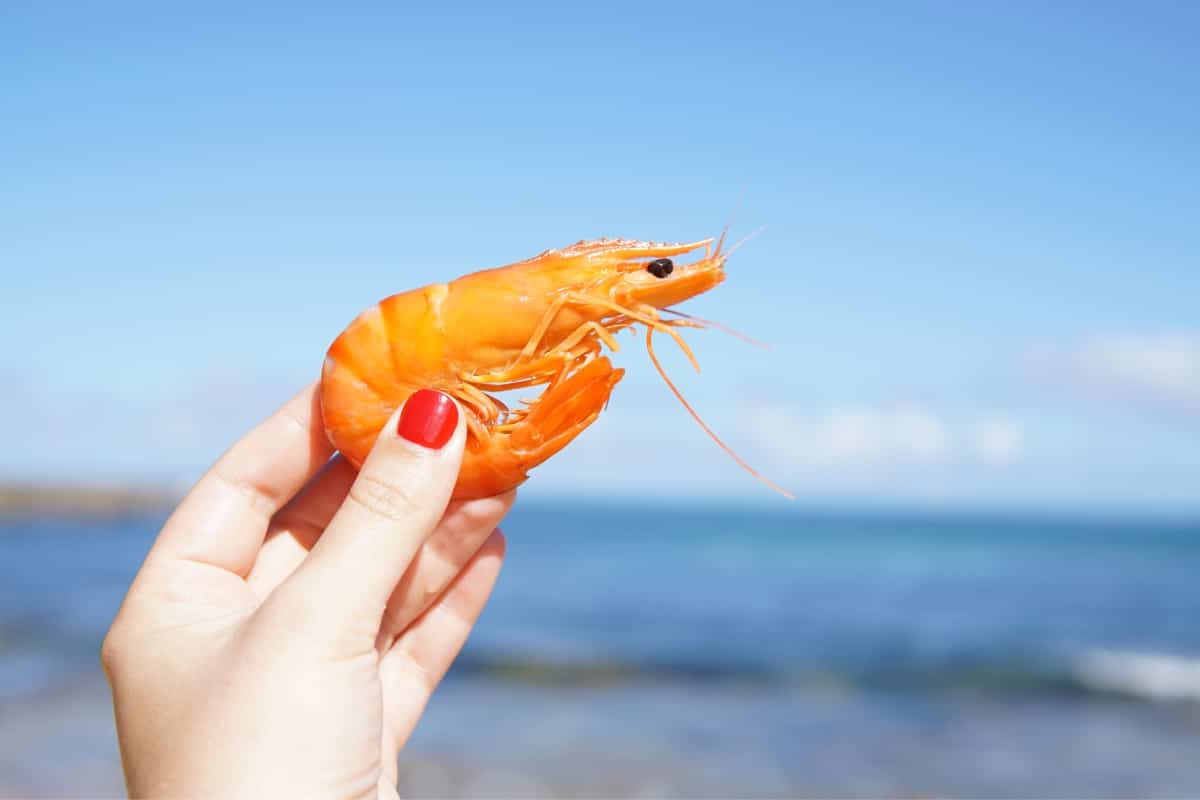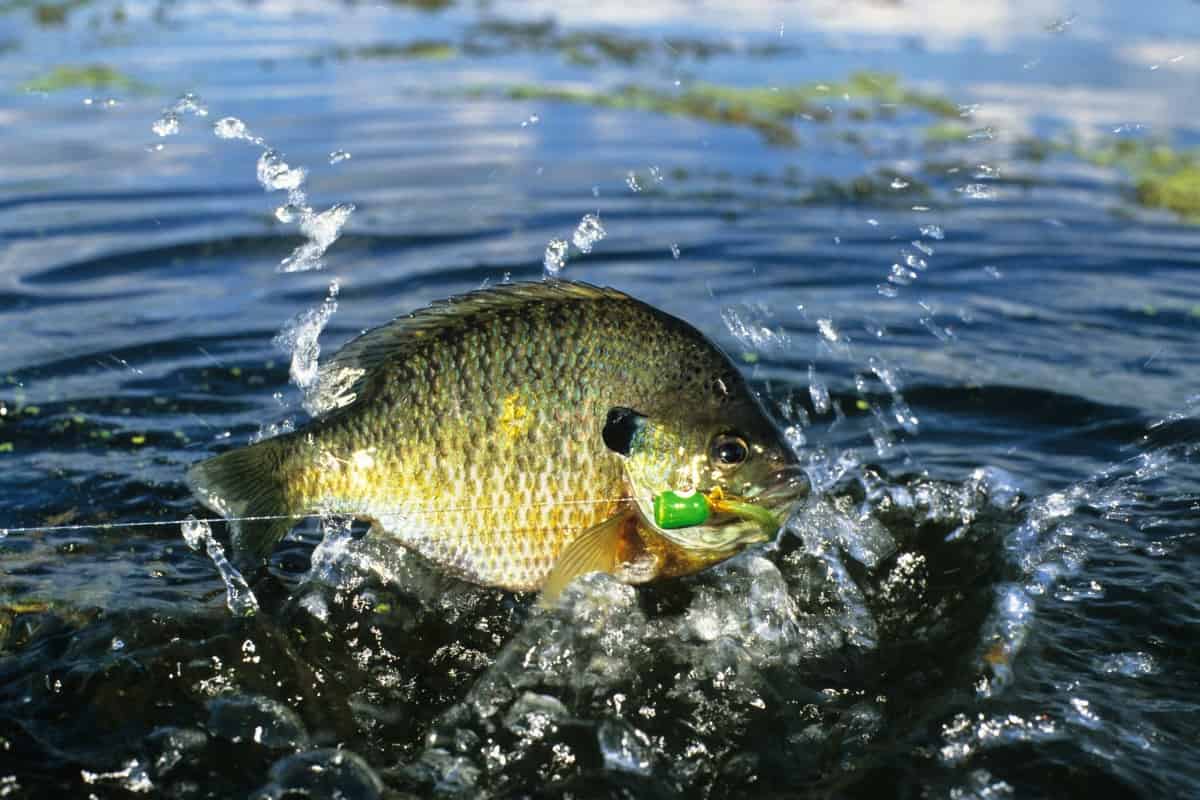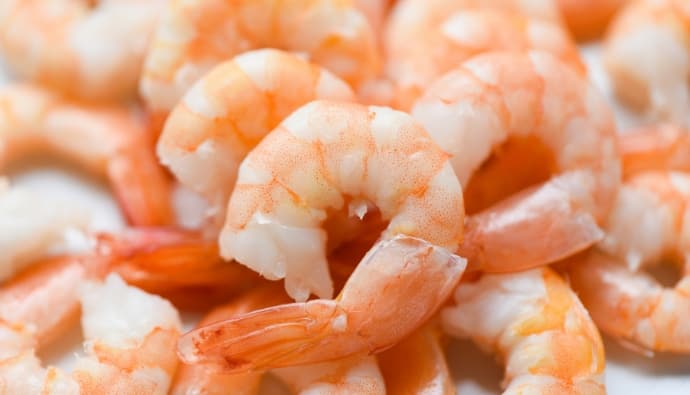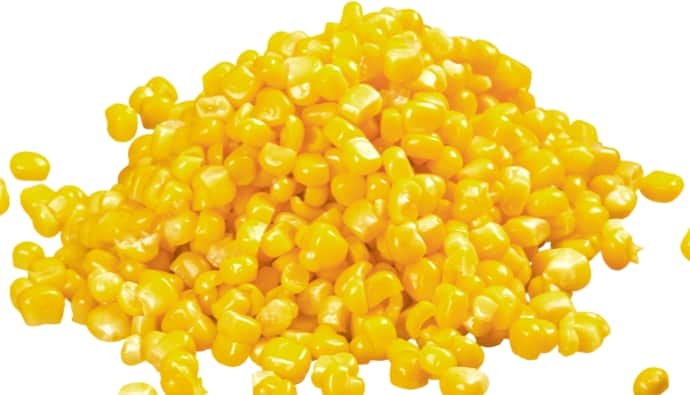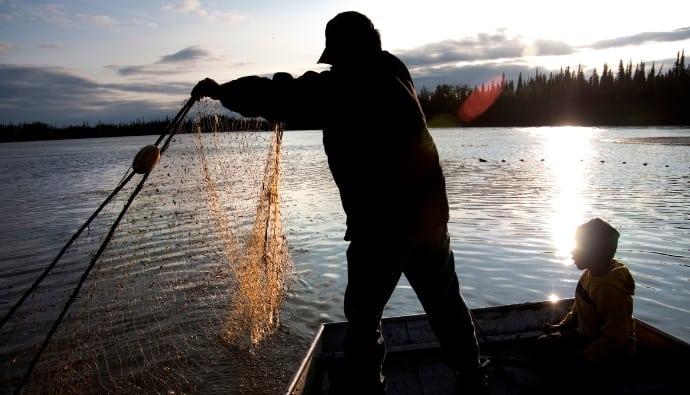As a fisherman, there are days when your catch is abundant, while there are also days when you get almost nothing.
Bait fishing techniques are used to ensure that you always top the game of fishing.
Learn more information about this bait fishing technique known as chumming and understand how it can effectively catch fish.
Listen to more chumming tips on the Cast & Spear Podcast
What is Chumming?
This is a common practice by which anglers use bait—it can be a dead or a live fish, bone, blood of other sea species, and other food particles—to attract fish and other sea animals so they can be caught easily. Whether you are fishing on a beach, lake (check out our lake fishing tips!), pond, or ocean waters, the idea of chumming is just the same.
Fishes and other large species like sharks can stay in a specific place or frequently swim back to a particular spot where there is a bountiful food source. So, if you are to chum in the waters, it is ideal to have a specific spot to lure the animals all over again.
The point of chumming is just like Ivan Pavlov’s classical conditioning. Sea animals associate food with a particular spot and the sound of the boat. This is why as soon as they hear or see your boat, they will appear in the same area even before the bait hits the water.
The fishes and other sea creatures will be conditioned that the chumming line is their new feeding area through the scent trail made by the chum and left in your boats.
This technique is helpful for anglers to increase the amount of fish that they can catch or for those who just want to see different kinds of fish species while they feed on your bait.
How to Fish with Chum (Tips and Techniques)
Fishing with a chum is a common practice where you just throw your bait directly into the water. Most anglers use a dead fish or dead bait to attract more fish, but their chumming techniques differ depending on what they think works for them, and here are some of them.
Chunking or Chunk Baiting
As the name implies, it is where chunks of fish scraps are thrown into the chum line. Chunking works best if the current is calm. The use of frozen chum blocks is relatively cheaper.
It is known to be effective in attracting different kinds of fish. Aside from throwing it directly into the waters, you may place small pieces of bait into a chum bag.
Live Bait Chumming
Live bait is ideal if you are to target large species like sardines, yellowtail, tuna, or sharks. However, you must have plenty of supply because you need to have a steady stream to be effective.
Trolling is the method ideal when you use live chums so you can have multiple fishing lines. You need to hook your bait in a rod until your targeted species bites on it.
Fish-Oil Attractants for Chum
Fish oil, like menhaden oil, is a powerful enhancer that can attract fish species through attractive smell. It can be used by dripping a small amount into the water.
Another way to administer it is to mix your menhaden oil or milk into your chum mix before you dump it in. The bait is more attractive because of the scent trail that attracts sharks and other fish of different species.
Fishing Tip: Want to try artificial baits when fishing? Check out our list of the best artificial bait for sea fishing!
Frequently Asked Questions
Chumming is illegal in some states because research shows that this feeding habit changes the behavior of sea creatures in foraging for food.
Instead of letting these animals hunt for food in the shallows, they flock in an established chumming structure or on the water’s surface, which can benefit fishermen but can be damaging to the ecosystem. Sharks and other dangerous species may also cause danger to humans on site.
For chumming to be legal, some countries require you to secure a permit from authorities before participating in it. So before chumming in the area, you need to check out some regulations about fishing.
Always check your local regulations.
One of the fishes that are pretty difficult to catch aside from the sharks is the redfish because they are not easily attracted to baits. For an effective chumming of redfish, you need to choose a bait that they mostly eat, like dead shrimp or crab.
Attaching the bait to the rod tip may no longer be effective. You can place your bait into a bucket with the bait’s blood and hook it into your boat to make it more attractive. You may also hang fish into your boat so it can leave a strong scent in the area.
Anyone who wants to attract a fish (may it be for entertainment purposes) or those who wish to increase their catch chum. They are usually anglers, research vessels, scientists, photographers, or shark operators.
Most operators searching for sharks use dead fish parts like tuna heads, sardines, and mashed-up pilchards with marine oil. They also fill their boats with bait that has a strong scent that can easily attract them.
Another effective method for scientific research and activities is to use carcasses of seal or whale meat. But killing these sea creatures to attract sharks is not allowed.





 Facebook
Facebook YouTube
YouTube